Mount Fuji, Japan’s highest and most iconic peak, stands as a symbol of natural beauty and cultural significance. Nestled in the heart of Japan, this majestic mountain beckons travelers from around the world. If you’re planning to embark on the adventure of a lifetime to reach the summit of Mount Fuji, you’ve come to the right place. In this comprehensive guide, we’ll outline every detail you need to know about how to get to Mt. Fuji in Japan, from the moment you set foot in the Land of the Rising Sun to the triumphant moment you conquer this towering giant.
Table of Contents
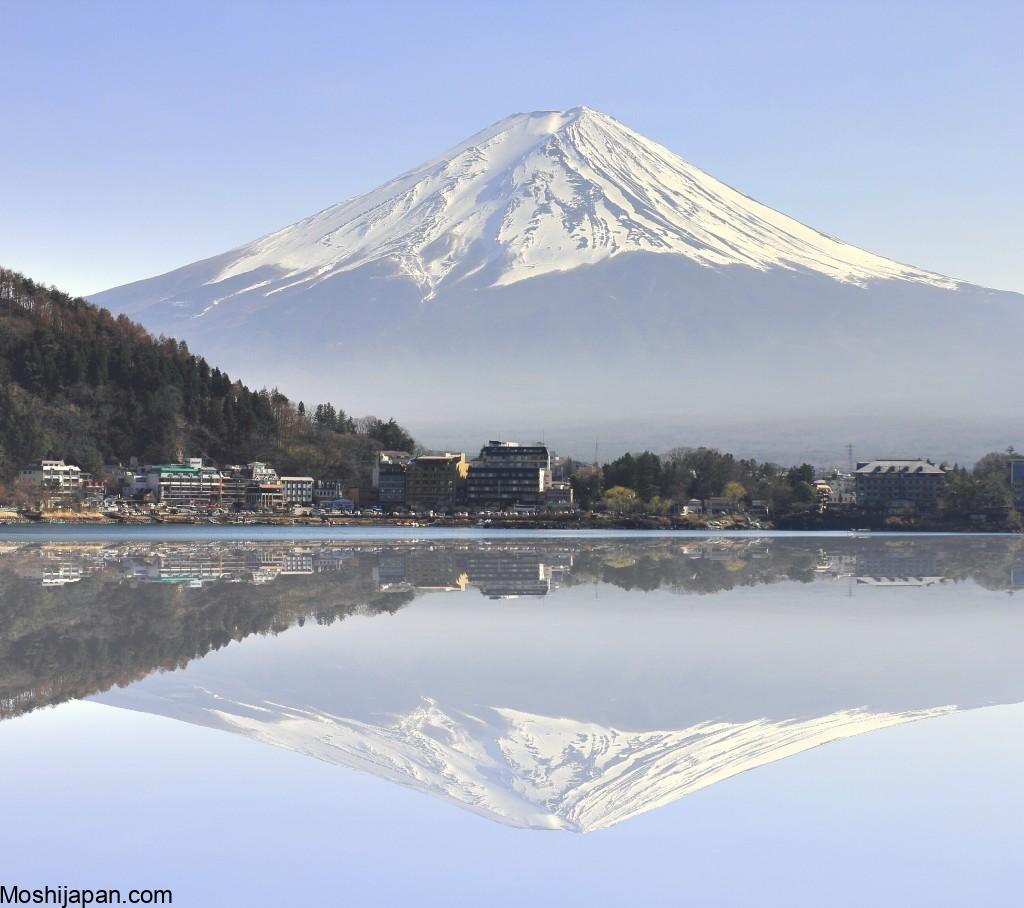
- Understanding the Significance of Mount Fuji
- A Cultural Icon
- A Natural Wonder
- Best Time to Visit Mount Fuji
- The Climbing Season
- Weather Considerations
- Preparing for the Journey
- Physical Preparation
- Packing Essentials
- Arriving in Japan
- Airports in Tokyo
- Transport Options
- Traveling to the Mount Fuji Region
- Shinkansen (Bullet Train)
- Buses and Local Trains
- Choosing the Right Base
- Fuji Five Lakes
- Fujinomiya
- Accommodation Near Mount Fuji
- Hotels and Ryokans
- Camping Options
- Getting to the 5th Station
- Yoshida Trail
- Subashiri Trail
- Acclimatization and Permits
- Altitude Sickness
- Climbing Permits
- Ascending Mount Fuji
- Hiking Routes
- Summiting Strategies
- Witnessing the Sunrise
- Awe-Inspiring Views
- Spiritual Experience
- Descending Safely
- Post-Hike Recovery
- Descending Options
- Exploring the Surroundings
- Lakes and Shrines
- Cultural Experiences
- Returning to Tokyo
- Transportation Choices
- Post-Adventure Relaxation
- Conclusion
- An Unforgettable Journey
- Memories to Last a Lifetime
Understanding the Significance of Mount Fuji
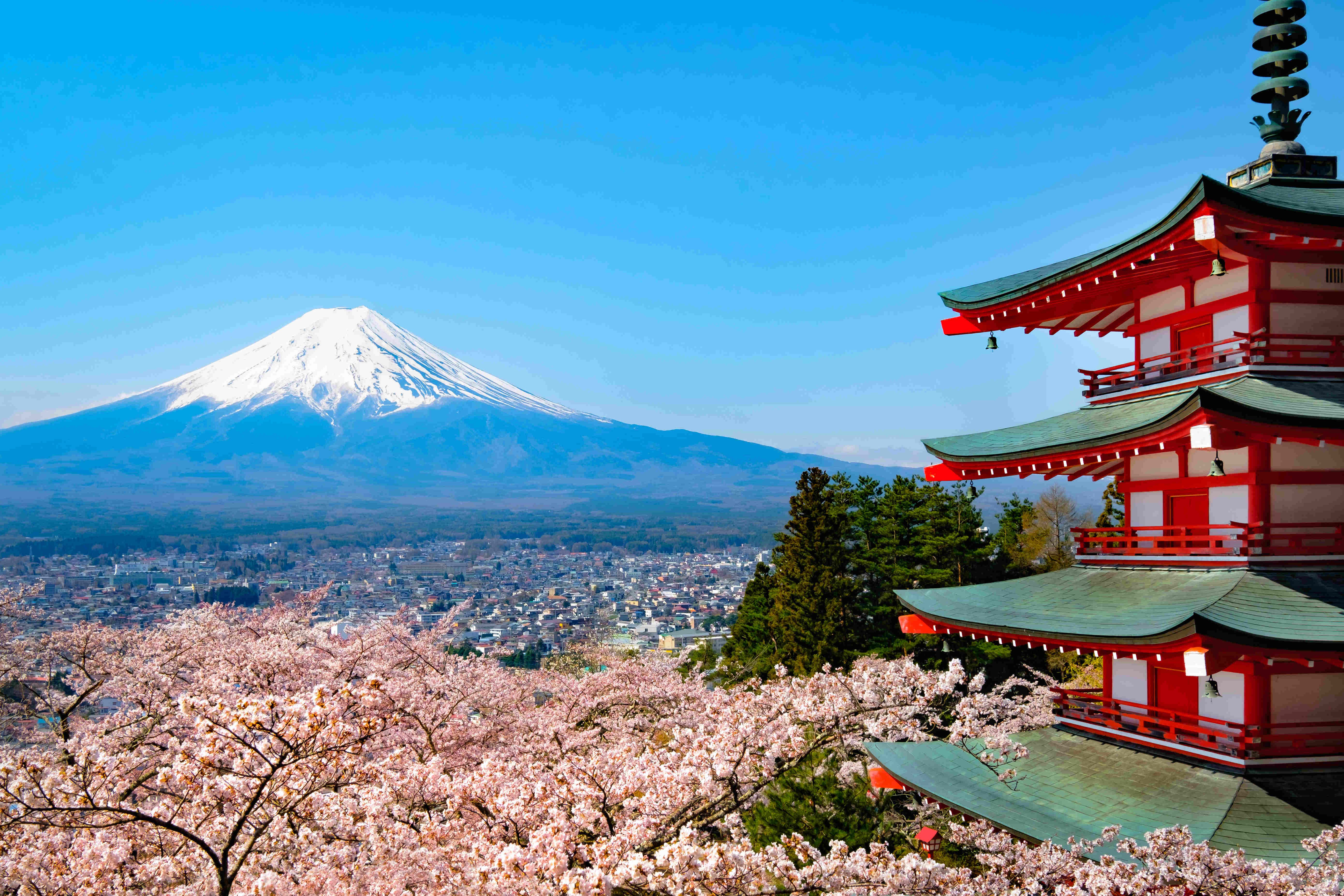
A Cultural Icon
Mount Fuji, often referred to as “Fujisan” by locals, holds immense cultural importance in Japan. It has been a source of inspiration for artists, poets, and philosophers for centuries. The mountain is also considered a sacred site and is an integral part of Shinto beliefs.
A Natural Wonder
Apart from its cultural significance, Mount Fuji is a geological wonder. It’s an active stratovolcano that last erupted in 1707. The symmetrical cone shape and the pristine snow-capped peak make it a photographer’s dream.
Best Time to Visit Mount Fuji
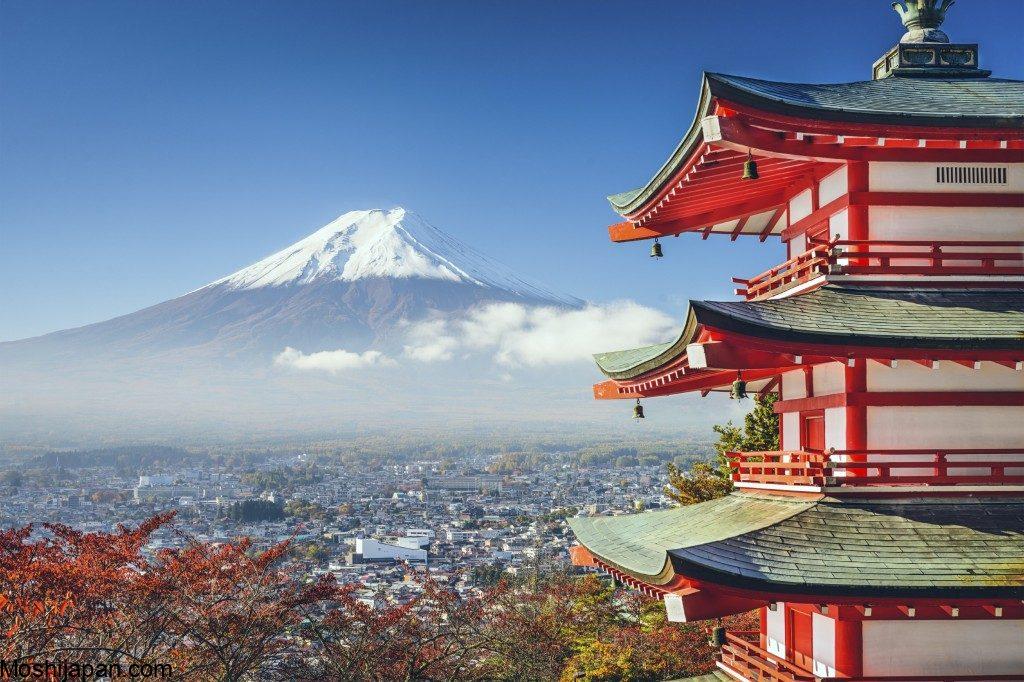
The Climbing Season
The official climbing season for Mount Fuji typically runs from early July to mid-September. During this period, the weather is relatively stable, and the mountain huts are open to accommodate climbers.
Weather Considerations
Before embarking on your journey, it’s crucial to check the weather forecast. Sudden changes in weather can make climbing dangerous, so be prepared for the unexpected.
Preparing for the Journey
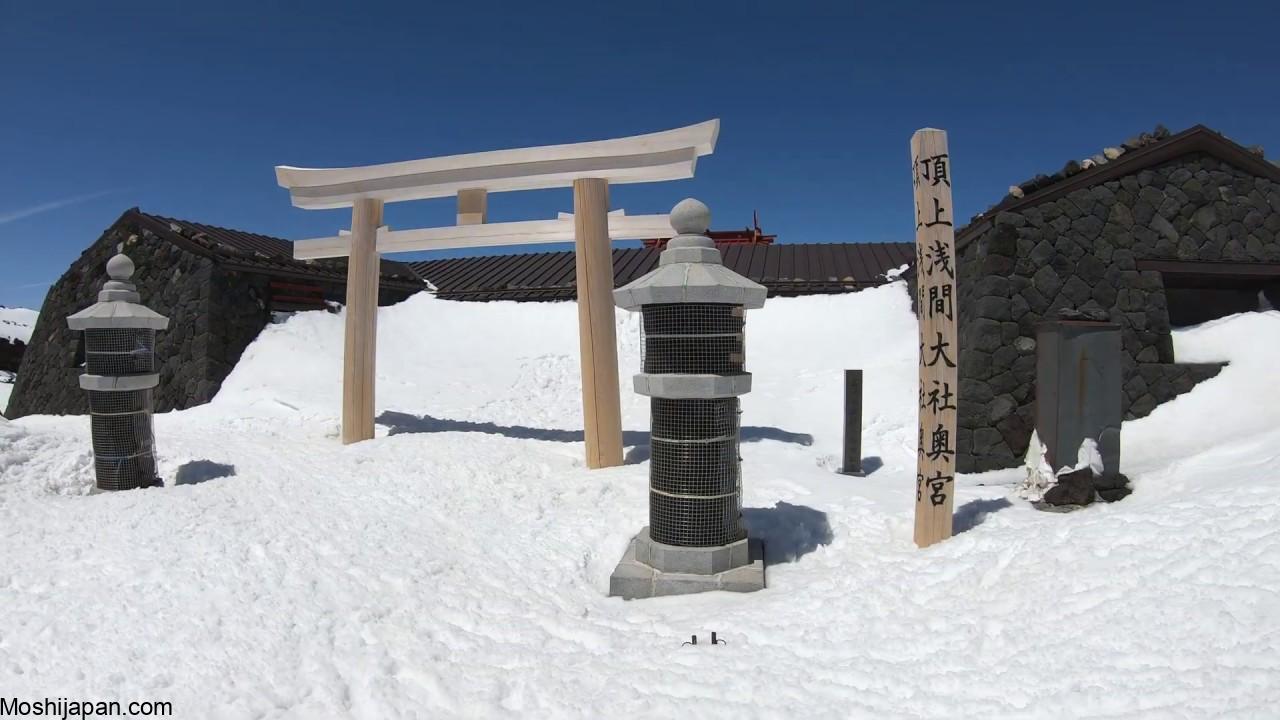
Physical Preparation
Climbing Mount Fuji is physically demanding. It’s essential to prepare your body through regular exercise, especially cardio and leg strength training.
Packing Essentials
Your packing list should include proper hiking gear, warm clothing, headlamps, and essential supplies such as water and snacks. Don’t forget your climbing permit!
Arriving in Japan
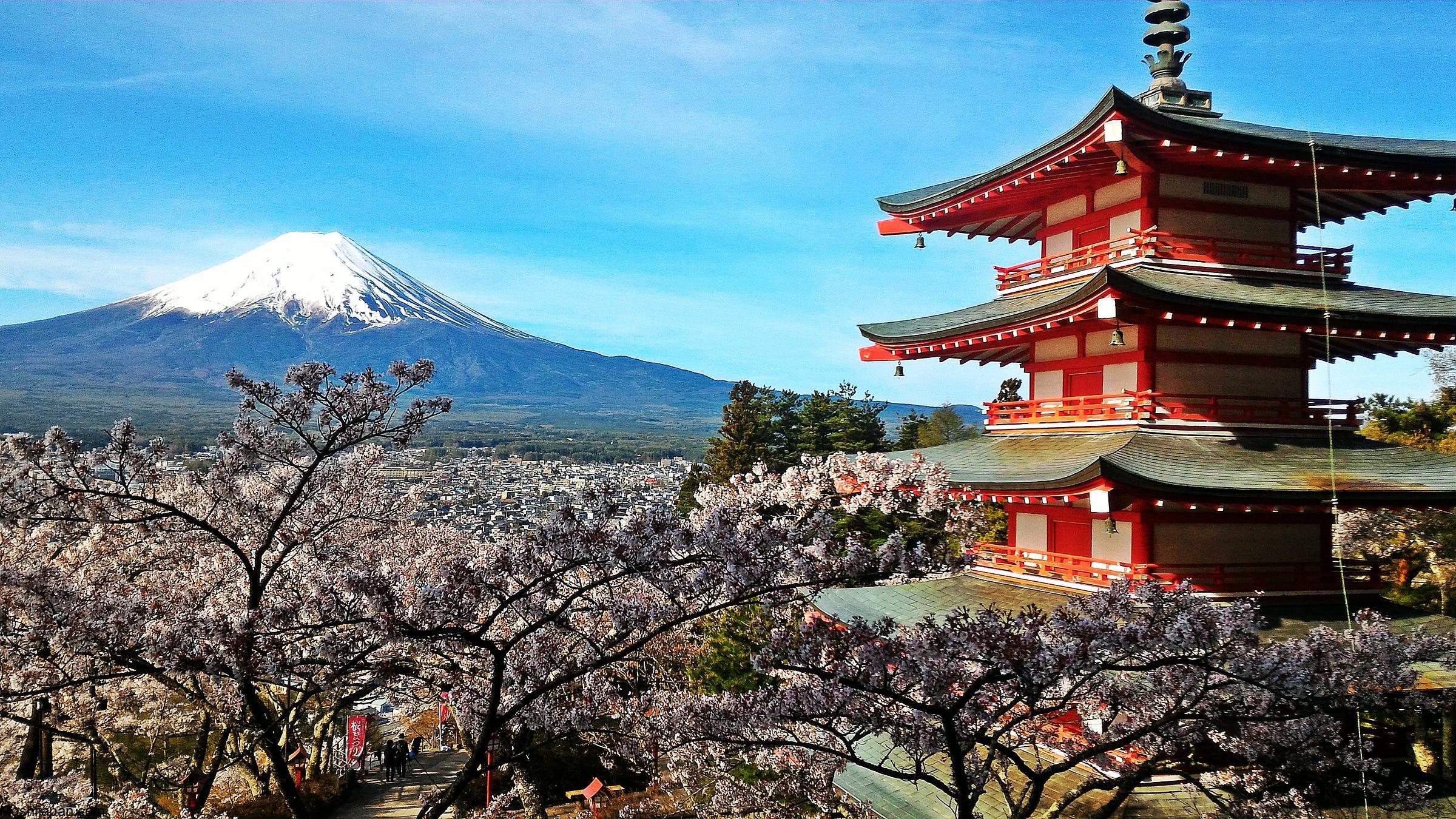
Airports in Tokyo
Most international travelers land in Tokyo, and there are two major airports: Narita International Airport and Haneda Airport. Plan your arrival accordingly.
Transport Options
From the airport, you have several transportation options to get to the Mount Fuji region, including buses and trains. Consider purchasing a Japan Rail Pass for convenience.
Traveling to the Mount Fuji Region
Shinkansen (Bullet Train)
The Shinkansen is a fast and efficient way to reach the Mount Fuji area from Tokyo. Take the Tokaido Shinkansen to Shin-Fuji Station.
Buses and Local Trains
Alternatively, you can opt for buses or local trains, which provide more scenic routes. This option may take a bit longer but offers a unique experience.
Choosing the Right Base
Fuji Five Lakes
The Fuji Five Lakes area offers stunning views of Mount Fuji and is a popular base for climbers. It includes Lake Kawaguchi, Lake Yamanaka, Lake Sai, Lake Shoji, and Lake Motosu.
Fujinomiya
Fujinomiya, on the southern side of Mount Fuji, provides a different perspective and is an excellent choice for those looking for a quieter experience.
Accommodation Near Mount Fuji
Hotels and Ryokans
The Mount Fuji region boasts a variety of accommodations, from luxurious hotels to traditional Japanese ryokans. Booking in advance is highly recommended.
Camping Options
For the adventurous souls, camping near Mount Fuji is an option. However, camping regulations must be adhered to, and camping permits are required.
Getting to the 5th Station
Yoshida Trail
The Yoshida Trail is the most popular route to the summit. You can access it from the fifth station, which is reachable by bus or taxi.
Subashiri Trail
The Subashiri Trail offers a less crowded but equally rewarding journey to the top. It starts at the Subashiri fifth station.
Acclimatization and Permits
Altitude Sickness
Be aware of the symptoms of altitude sickness and acclimatize properly. If you experience severe symptoms, descend immediately.
Climbing Permits
Climbing permits are mandatory for anyone ascending Mount Fuji. They can be obtained at the fifth station or online in advance.
Ascending Mount Fuji
Hiking Routes
There are several routes to choose from, each with its own characteristics and challenges. The ascent can take anywhere from 5 to 8 hours.
Summiting Strategies
Plan your ascent carefully to ensure you reach the summit in time for the breathtaking sunrise. Remember to stay hydrated and take breaks as needed.
Witnessing the Sunrise
Awe-Inspiring Views
Watching the sunrise from the summit of Mount Fuji is a surreal experience. The panoramic views of the surrounding landscape bathed in golden light are simply mesmerizing.
Spiritual Experience
Many climbers view the sunrise as a spiritual moment, a chance for reflection, and an opportunity to connect with nature and the universe.
Descending Safely
Post-Hike Recovery
The descent can be just as challenging as the ascent. Take your time, and rest when necessary. Proper footwear is crucial to avoid injuries.
Descending Options
You can choose to descend via the same route you ascended or opt for a different one. Some climbers prefer to explore other trails for a varied experience.
Exploring the Surroundings
Lakes and Shrines
After your climb, take the time to explore the beautiful lakes and shrines around Mount Fuji. They offer a serene contrast to the rigors of the hike.
Cultural Experiences
Immerse yourself in Japanese culture by visiting nearby towns and participating in traditional activities.
Returning to Tokyo
Transportation Choices
When you’re ready to leave the Mount Fuji region, you can return to Tokyo using the same transportation options you used to get there. The journey back provides an opportunity to reflect on your incredible adventure.
Post-Adventure Relaxation
Once you’re back in Tokyo, consider pampering yourself with a relaxing soak in an onsen (hot spring) or indulging in delicious Japanese cuisine. It’s the perfect way to unwind after your mountain conquest.
Conclusion
In conclusion, Mount Fuji is not just a mountain; it’s a cultural icon and a natural wonder that captivates the hearts of all who visit. The journey to the summit is a test of physical endurance and mental fortitude, but the rewards are boundless. From awe-inspiring views to a deep sense of accomplishment, climbing Mount Fuji is an experience you’ll cherish for a lifetime. So, pack your bags, prepare yourself, and embark on this epic adventure to witness the beauty of Mount Fuji up close. Your journey awaits, and the memories you create will last forever.
keys words
- say hello in japanense
- learn japanense online
- say thank you in japan 2024
- around japan 2024
- discovery japan 2024



0 Comments